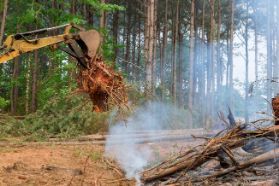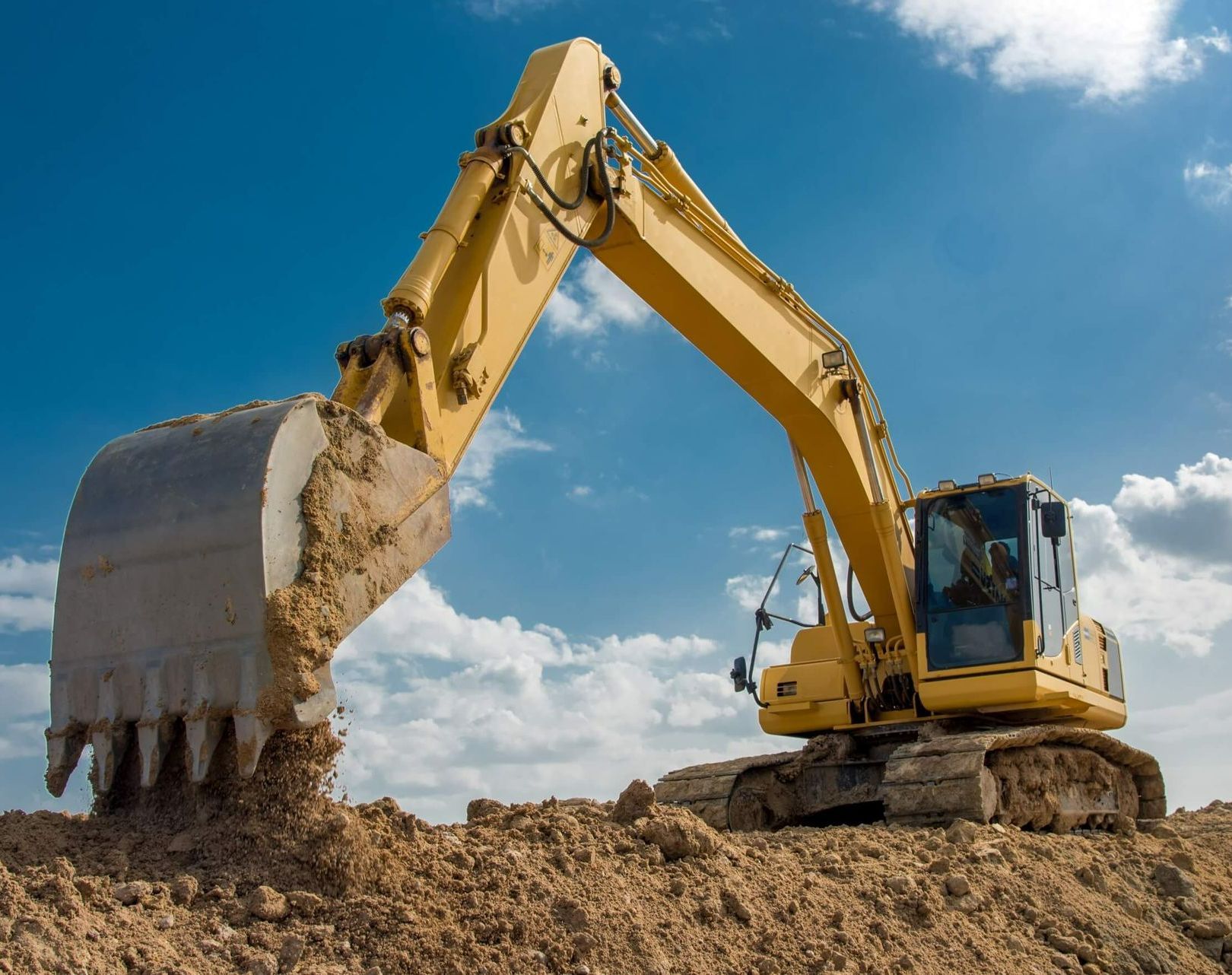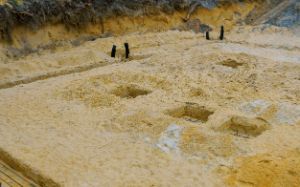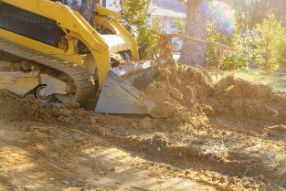Why Stump Removal is Important for Your Home's Safety

Maintaining a beautiful and safe home is the top priority of every homeowner. The outdoor spaces of your home also require regular maintenance, including the removal of tree stumps. Tree stumps can seem harmless, but they can pose a threat to your home's safety. Here are some reasons why stump removal is essential for your home's safety.
Stumps can attract pests and insects
Tree stumps can attract various pests and insects that can become a threat to your home's safety. These pests can include termites, ants, and beetles that can cause structural damage to your home. When stumps are left unattended, they can become a breeding ground for these pests, leading to infestations that can quickly spread to your home.
Stumps can cause tripping hazards
Stumps can also pose a tripping hazard to your family and guests. They are often hidden by grass or leaves, making them difficult to see, especially at night. A tripping hazard can lead to serious injuries, which can be especially dangerous for young children and older adults.
Stumps can damage lawnmowers and other equipment
Stumps can also cause damage to lawnmowers and other outdoor equipment. When mowing your lawn, the blades can hit the stump, leading to damage or even breakage. This can be costly to repair and can also be dangerous if debris is thrown around the area.
Stumps can interfere with the growth of other plants
Tree stumps can also interfere with the growth of other plants and trees in your yard. They can take up valuable space and nutrients, preventing other plants from growing to their full potential. This can lead to an imbalance in your yard's ecosystem, affecting the health of other plants and trees.
Stumps can cause foundation damage
Tree stumps can also cause damage to your home's foundation. As the stump decomposes, it can cause soil erosion, which can weaken the foundation of your home. This can lead to cracks in the walls and floors, which can be costly to repair.
Stumps can harbour diseases
Stumps can also harbour diseases that can spread to other plants in your yard. As the stump decays, it can release spores and other harmful microorganisms into the soil, leading to the spread of diseases. This can be especially problematic if you have a vegetable garden or fruit trees in your yard.
Stumps can be an eyesore
Finally, stumps can be an eyesore in your yard. They can detract from the beauty of your landscaping and reduce your home's curb appeal. This can be especially problematic if you are looking to sell your home in the future.
Overall, stump removal is crucial for maintaining the safety and beauty of your home. It can prevent pest infestations, tripping hazards, equipment damage, interference with plant growth, foundation damage, disease spread, and eyesores. While it may seem like a minor issue, stump removal can have significant long-term benefits for your home's safety and value.
There are several methods for stump removal, including grinding, digging, and chemical treatment. Stump grinding is the most popular method and involves using a machine to grind the stump down to a pulp. This method is fast and efficient and leaves behind mulch that can be used for landscaping. Digging involves using a shovel or excavator to remove the stump manually. This method is labour-intensive and time-consuming but can be more cost-effective for smaller stumps. Chemical treatment involves applying chemicals to the stump to speed up the decomposition process. This method can take several months to complete, but it is environmentally friendly and does not require heavy equipment.
In conclusion, stump removal is an essential aspect of maintaining a safe and beautiful home. It can prevent pest infestations, tripping hazards, equipment damage, interference with plant growth, foundation damage, disease spread, and eyesores. Stump removal is a task that should not be overlooked, as it can have significant long-term benefits for your home's safety and value. Whether you choose to grind, dig, or chemically treat the stump, make sure to take the necessary steps to ensure your home remains safe and beautiful for years to come. Call us now at 02 4202 6381 to get started with your stump removal project!
You Might Also Like









Free Instant Quote
**plus FREE bonus coupon**
Contact Form
We will get back to you as soon as possible.
Please try again later.
© 2022 AR Excavation Wollongong
This is a referral site.